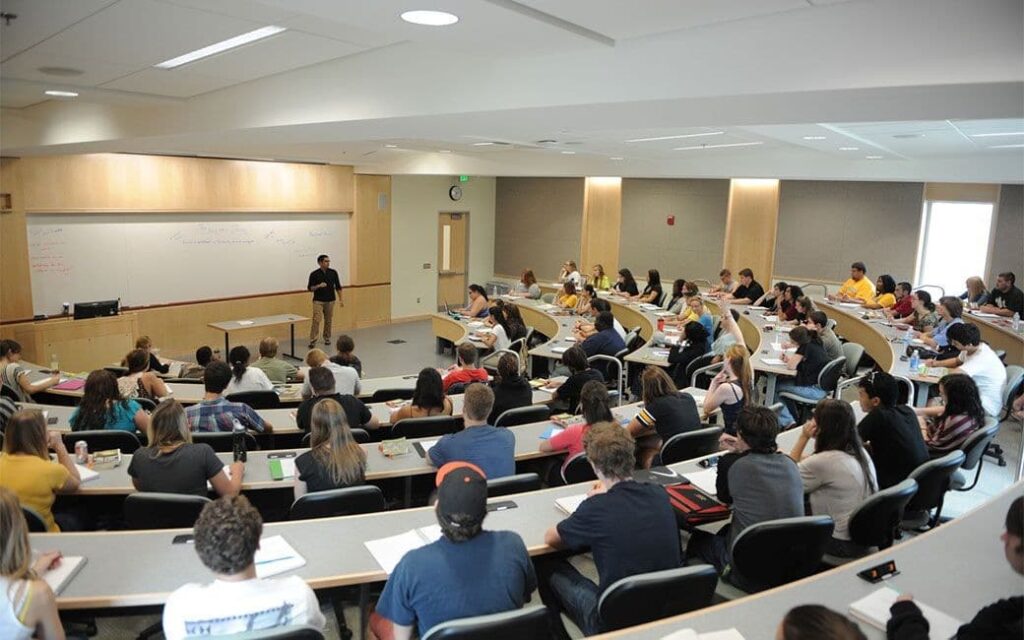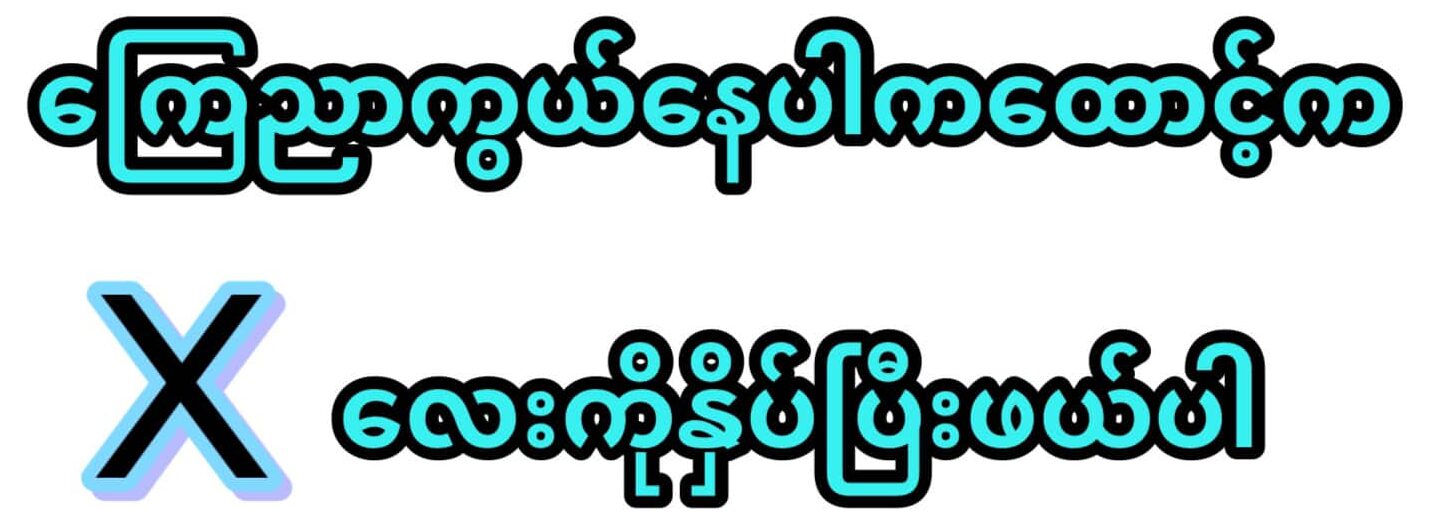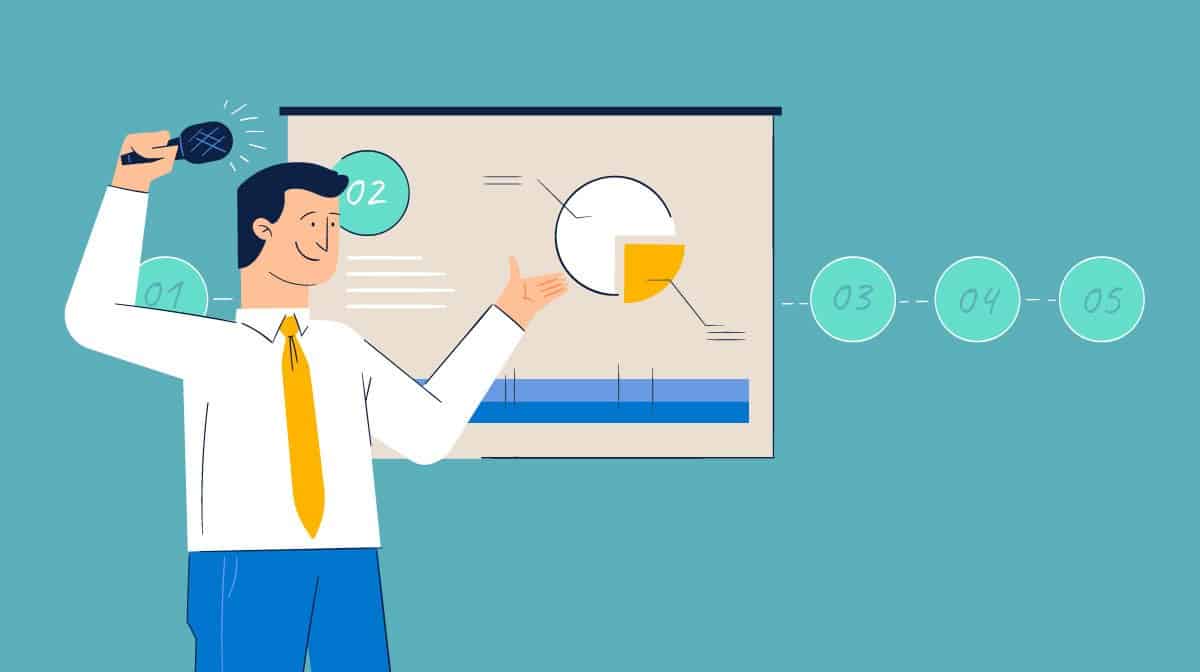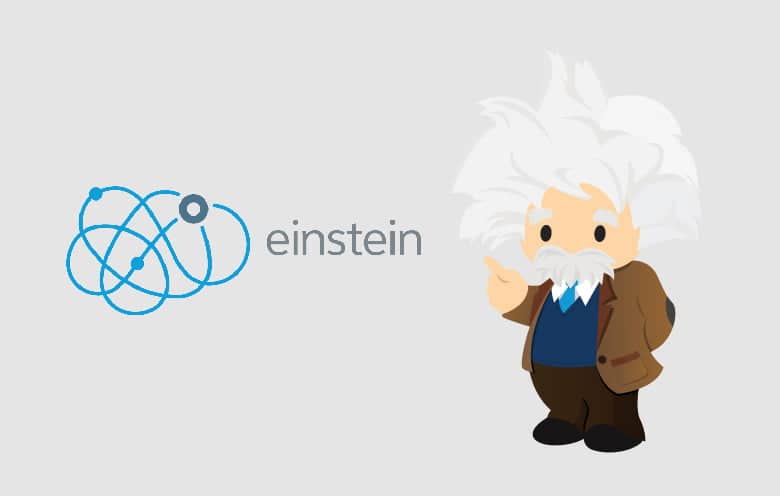In an age defined by groundbreaking technological advancements such as the integration of Bluetooth in computers, the introduction of Wireless Application Protocol (WAP) in electronics, and revolutionary discoveries in the field of medical science, including the decoding of the human genome, the role of science in modern society cannot be overstated. It is a driving force that shapes our world and propels us toward new horizons.
The Crucial Role of Science Education
Given the pivotal role of science, it becomes evident that science education plays a critical role in shaping the future. Today’s students are not just passive learners but rather the architects of tomorrow’s world. They are the ones who will build upon current knowledge and drive innovation. Therefore, science educators bear the responsibility of fostering meaningful learning experiences that equip students with the tools and knowledge they need to contribute to a rapidly evolving global landscape.

A Comparative Study: Concept Mapping vs. Lecture Method
In this context, a comprehensive comparative study was conducted to explore the efficacy of two distinct teaching strategies—Concept Mapping and the Lecture Method. The study aimed to impart knowledge of fundamental concepts related to Nobel Prize-winning work in the field of physics. By examining the impact of these teaching methods, the research sought to shed light on the most effective approach for nurturing a deep understanding of complex scientific concepts.
Understanding Concept Mapping
Concept Mapping, a powerful visual tool, is employed to represent a network of interconnected concepts within a structured framework of propositions. At the heart of Concept Mapping lies the idea of hierarchy and organization. Broader, more inclusive concepts find their place at the top of the map, while increasingly specific and less inclusive concepts are systematically arranged beneath them. This hierarchical structure facilitates meaningful learning by enabling students to integrate new concepts or meanings under broader, more encompassing ideas.
The Study’s Objectives
The study was designed with three primary objectives in mind:
- To evaluate the effectiveness of Concept Mapping as a teaching strategy compared to the Lecture Method for enhancing the understanding of physics concepts among Year XI students.
- To investigate the impact of students’ scientific attitudes on their achievement in physics when taught using the Lecture Method.
- To explore the effect of students’ scientific attitudes on their achievement in physics when taught using the Concept Mapping Method.
Data Collection and Analysis
Conducted with students from N.K.T. National Girls’ Higher Secondary School in India, the study focused on those following the State Board syllabus. The research involved two distinct groups: a Control Group (CG) and an Experimental Group (EG), each comprising 20 students. The Control Group received instruction through the Lecture Method, while the Experimental Group was simultaneously taught using the Concept Mapping Method.
To assess the effectiveness of the teaching methods, pre-tests and post-tests were administered to measure students’ initial knowledge and their understanding following the lessons. The analysis relied on Gain Scores, calculated as the difference between post-test and pre-test scores. Critical Ratios were employed to determine the significance of differences in these scores between the Lecture Method and the Concept Mapping Method. Additionally, the study examined the correlation between students’ scientific attitudes and their performance in physics.
Key Findings
The study produced several noteworthy findings:
- Students taught through the Concept Mapping Method demonstrated significantly higher gain scores compared to their counterparts taught through the Lecture Method. This outcome suggests that Concept Mapping is a more effective pedagogical approach for enhancing students’ comprehension of physics concepts.
- A positive correlation was observed between students’ scientific attitudes and their performance in the Achievement Test within the Control Group, where instruction was delivered via the Lecture Method. This finding highlights the influence of a positive scientific attitude on academic achievement.
- Similarly, a positive correlation was identified between students’ scientific attitudes and their achievement in the Experimental Group, where the Concept Mapping Method was employed. This underscores the role of a favorable scientific attitude in contributing to academic success.
Conclusion
In conclusion, the results of this comparative study underscore the efficacy of the Concept Mapping Method in enhancing students’ understanding of physics concepts when compared to the Lecture Method. Furthermore, the positive correlation between students’ scientific attitudes and their academic performance emphasizes the significance of nurturing a positive attitude toward science education.
Beyond its pedagogical advantages, the Concept Mapping Method offers the added benefit of time efficiency in teaching and learning. These findings provide valuable insights for educators in Australia and worldwide, suggesting that incorporating Concept Mapping into their teaching strategies can lead to deeper and more meaningful learning experiences for students. By embracing innovative approaches to science education, educators can empower the next generation of scientists, innovators, and leaders to tackle the complex challenges of the future.







